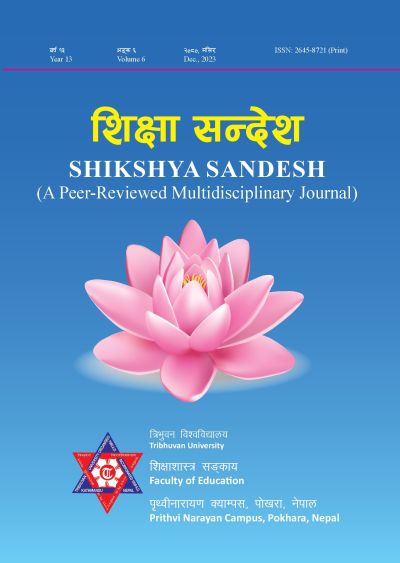Factors Associated with Household Headship in Nepal. Does Policy Matter in Female Household Headship?
DOI:
https://doi.org/10.3126/ss.v6i1.63103Keywords:
Female headship, household, education, powerAbstract
This study entitled ‘Factors associated with household headship in Nepal. Does policy matter in female household headship?’ It aims to find out the association between household headship and socio-demographic characteristics. While, household head/headship allows for socio-economic mobility that results in economic growth, leadership ability, socially, politically and economically productive life, and ultimately satisfaction. We used a cross-sectional design using secondary data from Nepal Demographic and Health Survey 2016. We considered household headship as the dependent variable and socio-demographic characteristics such as age, occupation, residence setting, and provinces as the independent variables. Descriptive, bivariate, and multivariate analyses were performed to find out the association between the independent variables and the dependent variable. It was observed that nearly one-fourth of the respondents were household heads. Of the respondents, more than half were from male-headed households while less than half were females. It was noticed that, the higher the educational achievement the lower the chances of being in household headship concerning females. It can be concluded that higher educational attainment was not a predictor for household headship, but female-headed households were observed as prosperous households. These facts could be considered account by policymakers while planning.
Downloads
Downloads
Published
How to Cite
Issue
Section
License
Copyright (c) 2023 The Author(s)

This work is licensed under a Creative Commons Attribution-NonCommercial 4.0 International License.
This license enables reusers to distribute, remix, adapt, and build upon the material in any medium or format for noncommercial purposes only, and only so long as attribution is given to the creator.




